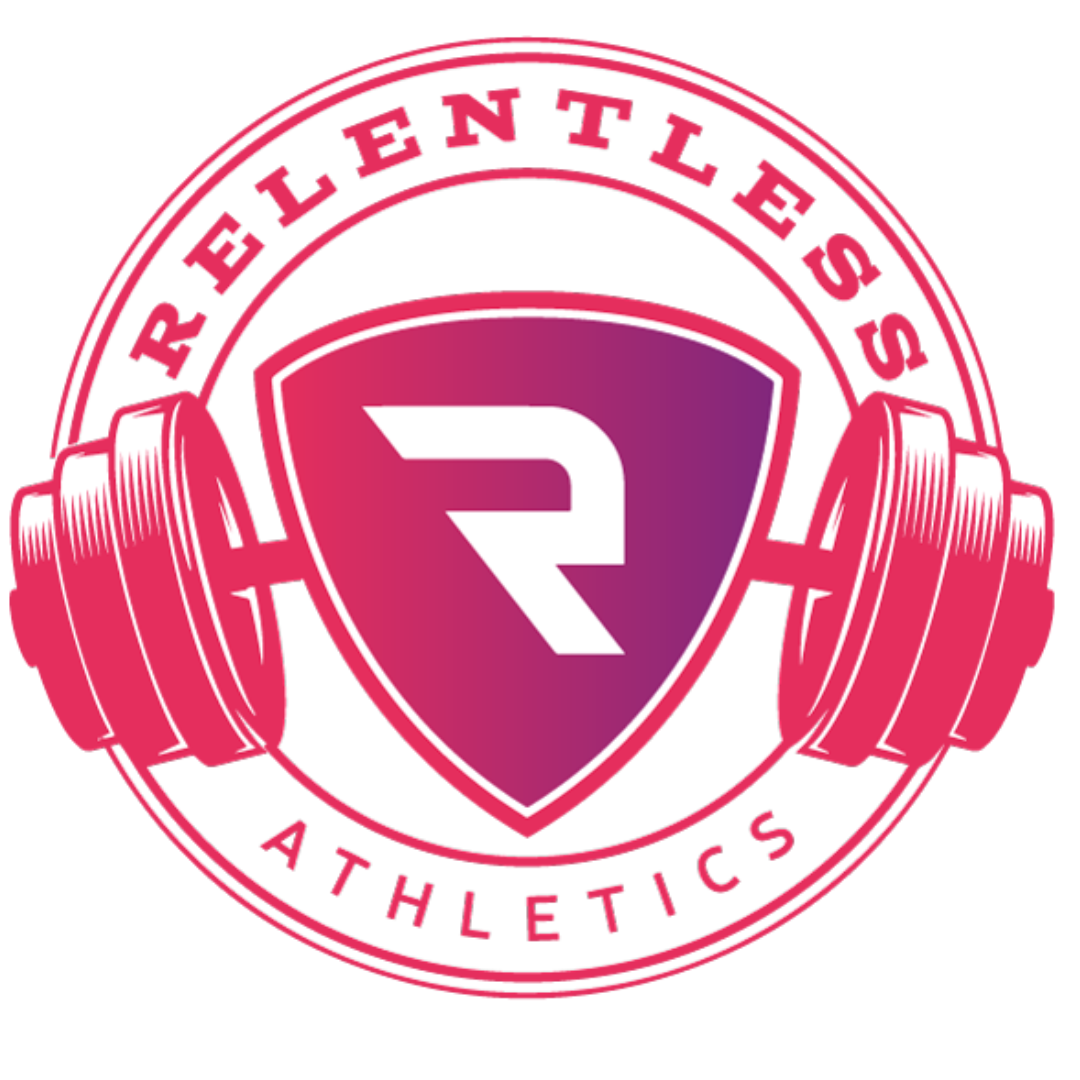Why You Should Find Time to Lift in Season
By Emily Pappas, MS
For a female athlete trying to improve her performance in her sport, strength training is a must
But what should the female athlete do when season ramps up and time is limited.
In short, the female athlete MUST prioritize what helps her perform at her highest levels while staying off the sideline.
Read more to learn why strength training during the season is a MUST for the female athlete.
We all know that the way you train is going to differ drastically in the off-season. During this time, your main goal is to get stronger and conditioned. You do this by exposing your body to progressively higher amounts of volume while also giving it time to recover.
But you have to be careful NOT to train harder than what your body can handle and recover from—this is your maximum recoverable volume or MRV.
If you push your body past its MRV, or don’t give it the recovery it needs, it can’t adapt. And this means you won’t improve.
Of course, you can always up your MRV, and this is essential to your development as an athlete. As you progressively expose your body to higher volumes and more loads in the off-season, you are able to continually adapt, get stronger, and increase your MRV.
But What About In Season?
Now, once you approach your season, your goals change and so does your training. At this point, your body should be conditioned to withstand high volumes at a high level of execution. And this is exactly where you’ll want to be come game day.
But as your volume in a game or competition INCREASES, the volume you expose your body to in the weight room will inevitably DECREASE. Remember that your body can only handle so much volume. But what if you decide to stop lifting altogether?
This is one of the biggest mistakes female athletes make.
If You Don’t Use It, You’ll Lose It
In general, lifting puts a stress on your muscles that stimulates them to get stronger. During the off-season you’re continually increasing this stimulus to grow your strength. However, in season, you’re main goal is to simply maintain this strength.
To do this, you just need to lift at lower volumes. But if you forgo lifting completely, your muscles no longer have a stimulus pushing them to keep that strength.
In other words, IF YOU DON’T USE IT, YOU’LL LOSE IT—even when you’re deep in game- and competition-mode.
So, if you suddenly stop lifting once your season rolls around, you’ll start to lose all of that strength and power that you’ve worked so hard to build in the off-season. On top of that, you will become DECONDITIONED, which means your body’s ability to handle high volumes (your MRV) goes down.
And once your MRV decreases, your risk of injury increases. Injury typically occurs when your body is exposed to a volume or intensity that it too much for it to handle and recover from.
If you get to that point, you have to wonder why you worked your butt off so hard during the off-season, right?!
But How Can I Fit Lifting Into My Busy Season?
Keep this in mind: your body doesn’t need that much of a stimulus to maintain strength and conditioning. This means you won’t be doing the hard lifting and conditioning you did during the off-season—but you still need to do something!
Simply drop your volume and keep the load fairly high. This will ensure that you stay strong, powerful, and well-conditioned all season long.
ABOUT THE AUTHOR
Emily holds a M.S. in Exercise Physiology from Temple University and a B.S. in Biological Sciences from Drexel University. Through this education, Emily values her ability to coach athletes with a perspective that is grounded in biomechanics and human physiology. Outside of the classroom, Emily has experience coaching and programming at the Division I Collegiate Level working as an assistant strength coach for an internship with Temple University’s Women’s Rugby team.
In addition, Emily holds her USAW Sport Performance certification and values her ability to coach athletes using “Olympic” Weightlifting. Emily is extremely passionate about the sport of Weightlifting, not only for the competitive nature of the sport, but also for the application of the lifts as a tool in the strength field. Through these lifts, Emily has been able to develop athletes that range from grade school athletes to nationally ranked athletes in sports such as lacrosse, field hockey, and weightlifting.
Emily is also an adjunct at Temple University, instructing a course on the development of female athletes.












